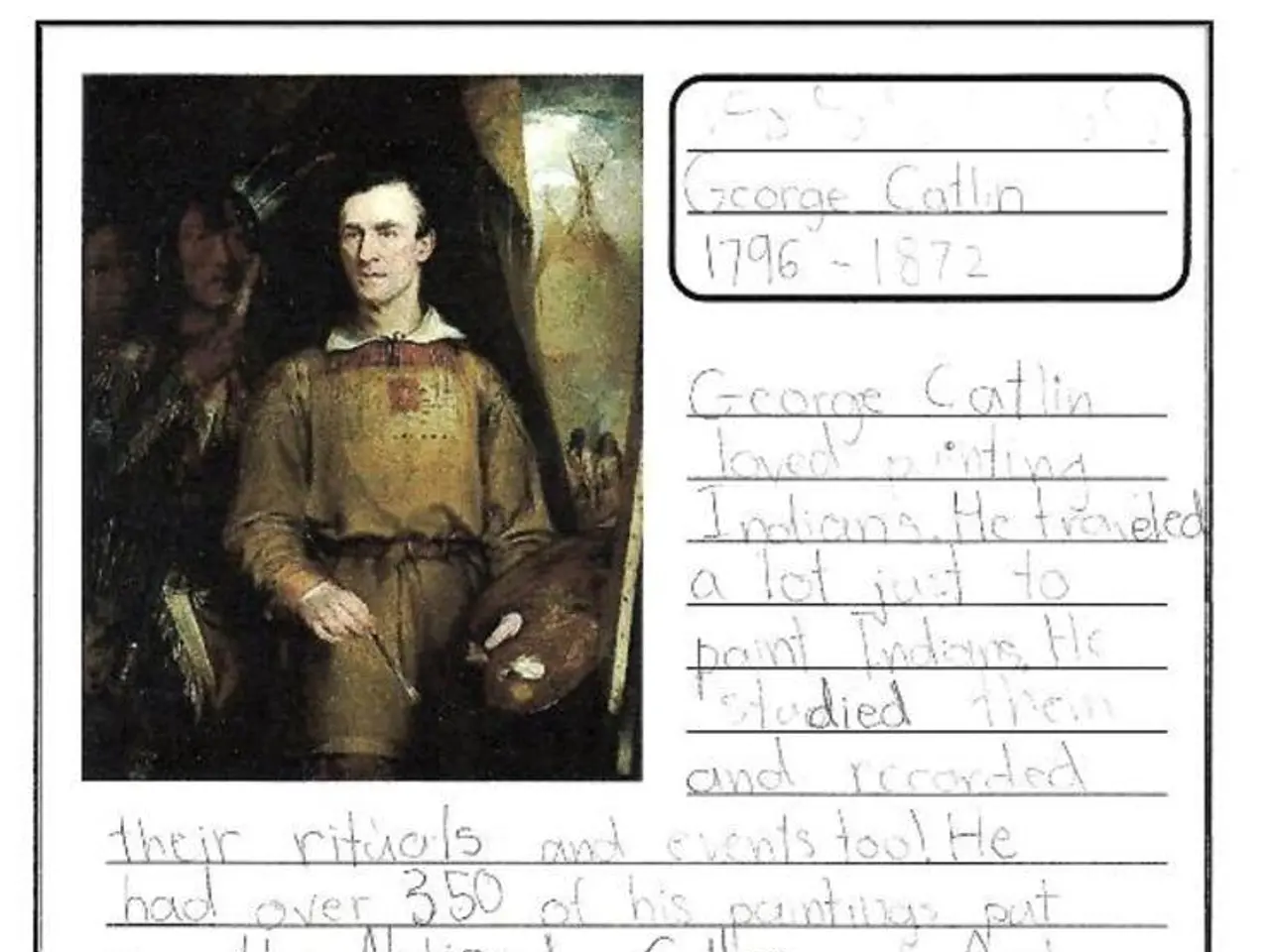Turkic Art and Cultural Legacy Unveiled in Kazakhstan Through New Publication
In a significant event on the global stage, a new book titled "Altyn Aymaq. Uly Dala Onerinin Tarihi" was presented in Astana on Aug. 29. Co-authored by renowned archaeologist Zainolla Samashev, Doctor of Historical Sciences, and Leila Makhat, wife of diplomat Kairat Sarybai, this book is a crossroads of art, history, archaeology, cultural studies, and spirituality.
The publication, which will be available to wider audiences in September and October in Kazakh, Russian, and English, took three to four years to complete. It is divided into categories to showcase the significance and uniqueness of the archaeological discoveries made in present-day Kazakhstan.
The book offers a sweeping exploration of Turkic art and cultural identity, highlighting the depth and uniqueness of this art form. The cover design of the book features a belt plaque, a symbol of power passed down through generations of rulers, showcasing self-confidence and invulnerability.
This belt plaque on the book's cover is a unique artifact, worn only by the Kagan, the supreme ruler of the Turkic Empire. The book aims to popularize the art of Kazakhstan's ancestors and make it accessible to various audiences, thereby underscoring the growing significance of contemporary Kazakhstan on the global stage.
In addition to its historical and artistic significance, the book serves as a spiritual compass, guiding readers towards a deeper understanding of the worldview and cultural identity of the Turkic world. It is not just about art history, but also about the spiritual journey of the people who created this art.
Diplomat Kairat Sarybai praised the book as a patriotic achievement and a revolutionary step for higher education, self-esteem, and national pride. He believes that the book will place Kazakh diplomacy and recognition of the country at a higher level.
The book examines the artistic and cultural heritage of nomadic civilizations, providing insights into the lives and beliefs of these ancient peoples. It is a testament to the rich history and culture of Kazakhstan, a country that continues to grow in significance on the global stage.
While the institute holding the chair for co-author Leila Makhat is not publicly specified, her contribution to the book is undeniable. Her collaboration with Zainolla Samashev has resulted in a book that is both scholarly and accessible, making the complex world of archaeology and history engaging for a general audience.
In conclusion, "Altyn Aymaq. Uly Dala Onerinin Tarihi" is a must-read for anyone interested in the history, art, and culture of Kazakhstan and the Turkic world. It is a book that not only preserves the national spirit and cultural memory for future generations but also serves as a call to appreciate and celebrate the unique heritage of this fascinating region.








